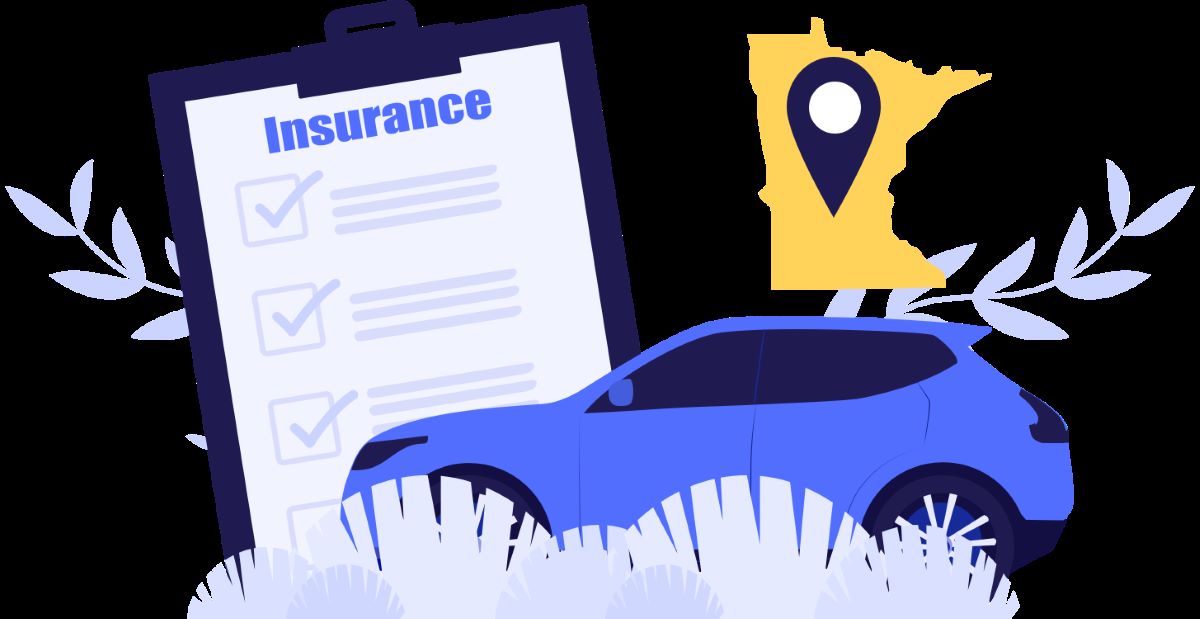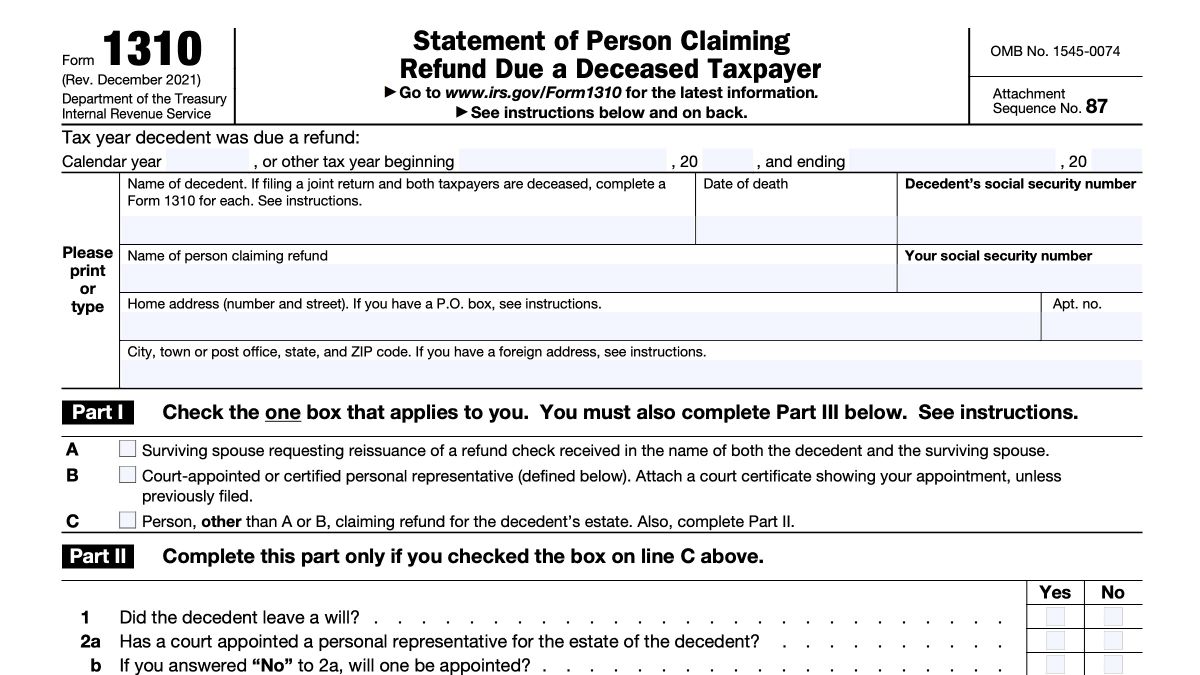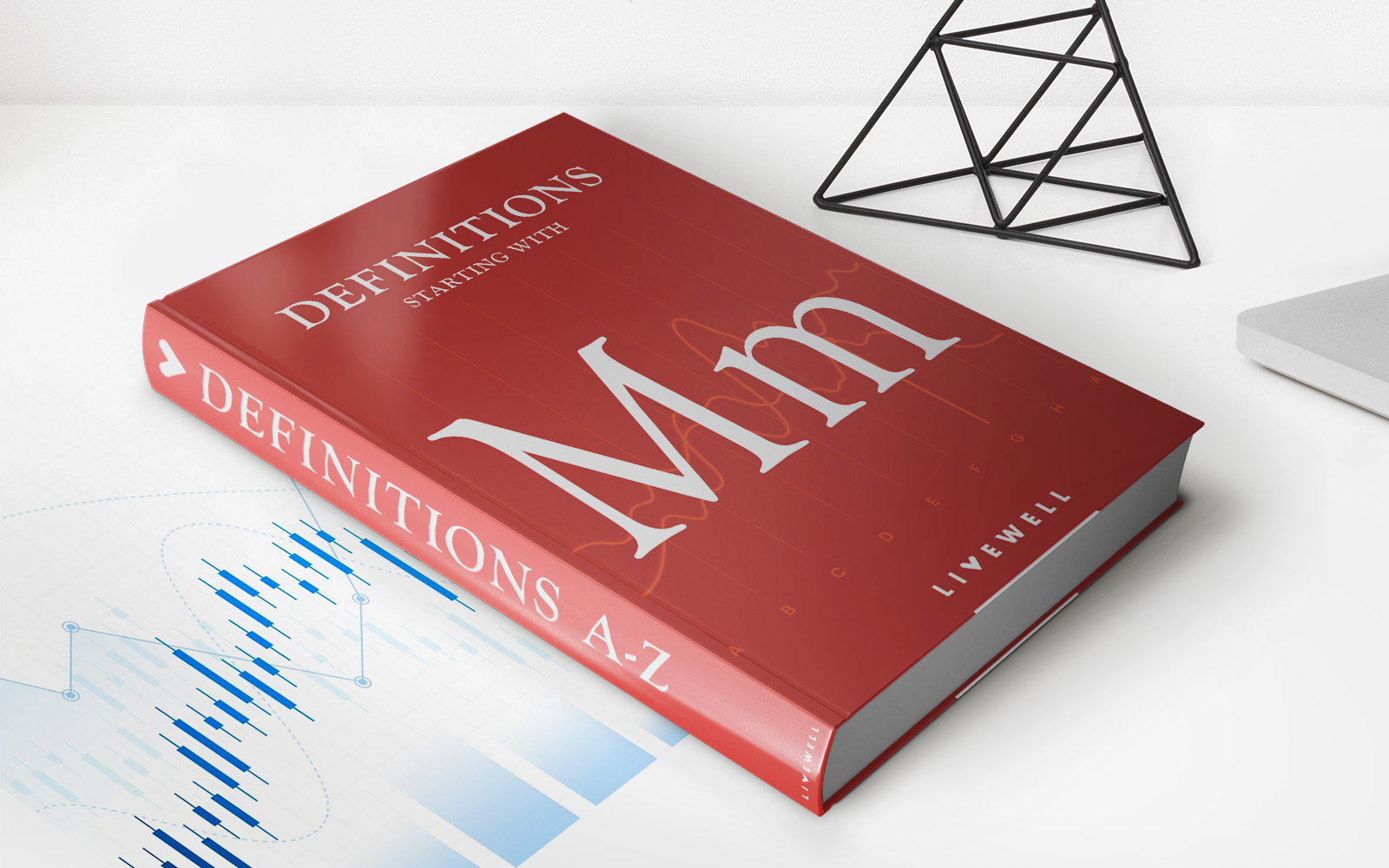

Finance
How Much Is Insurance For A Leased Car?
Published: November 21, 2023
Compare insurance rates for leased cars to find out how much you'll pay. Get insights on financing options and save on your car insurance expenses.
(Many of the links in this article redirect to a specific reviewed product. Your purchase of these products through affiliate links helps to generate commission for LiveWell, at no extra cost. Learn more)
Table of Contents
Introduction
When it comes to leasing a car, one important aspect that can affect your overall monthly expenses is insurance. Having the right insurance coverage for your leased car is crucial to protect yourself and comply with the requirements set by leasing companies. However, many people are unsure about the cost of insurance for a leased car and what factors influence it.
In this article, we will delve into the factors that determine the cost of insurance for a leased car, the minimum insurance requirements you need to meet, and explore additional coverage options. We will also share some tips on finding the best insurance rates and reducing the cost of insurance for a leased car. So, let’s dive in!
Leasing a car can be an attractive option for many because it allows you to drive a new vehicle without the long-term commitment of ownership. However, since you don’t fully own the car, the leasing company will require you to have specific insurance coverage to protect their asset in case of accidents or damages.
The cost of insurance for a leased car can vary depending on various factors, including your driving history, the car’s make and model, your location, and the leasing company’s requirements. Insurance premiums for leased cars are typically higher compared to owning a car outright because the leasing company wants to ensure they are adequately protected.
Additionally, leased cars are often more expensive to repair or replace, which can also contribute to higher insurance costs. However, don’t let that discourage you from leasing a car – with the right understanding and research, you can find affordable insurance options for your leased vehicle.
Now that we have a general understanding of the importance and potential costs of insurance for a leased car, let’s explore the factors that play a role in determining the insurance premium for a leased vehicle.
Factors determining the cost of insurance for a leased car
Several factors come into play when determining the cost of insurance for a leased car. Understanding these factors will help you anticipate the potential insurance premiums and make informed decisions when leasing a vehicle. Let’s take a closer look at the key factors:
- Vehicle make and model: The make and model of your leased car greatly impact your insurance premium. High-end luxury cars or sports cars often come with higher insurance costs due to their higher repair and replacement costs. On the other hand, economy cars or cars with advanced safety features might have lower insurance premiums.
- Value of the car: The value of the leased car is a critical factor in determining insurance costs. Generally, the higher the value of the car, the higher the insurance premium. Leasing companies require comprehensive and collision coverage to protect their investment, and this coverage can be more expensive for high-value vehicles.
- Driving record: Your driving record plays a significant role in determining your insurance premium, regardless of whether you lease or own a car. If you have a clean driving record with no accidents or violations, you are more likely to secure lower insurance rates. On the other hand, if you have a history of accidents or traffic violations, your premiums may be higher.
- Location: Your location can impact the cost of insurance for a leased car. If you reside in a densely populated area with high crime rates or a higher likelihood of accidents, your insurance rates may be higher. Insurance companies use statistics and data to evaluate the risk associated with different areas and adjust the premiums accordingly.
- Leasing company requirements: Each leasing company might have specific insurance requirements that you must meet. For example, they may require a certain level of liability coverage or additional coverage options like gap insurance. These requirements can impact the cost of insurance. It is crucial to understand and comply with the leasing company’s insurance policy to avoid any penalties or contractual breaches.
These factors collectively influence the cost of insurance for a leased car. It’s essential to consider these factors and thoroughly research insurance options before finalizing a lease agreement. By understanding these factors, you can estimate the potential insurance premiums and explore ways to reduce the overall cost.
Next, let’s explore the minimum insurance requirements for a leased car to ensure you meet the necessary coverage obligations.
Minimum insurance requirements for a leased car
When leasing a car, the leasing company will typically have specific insurance requirements that you must meet. These requirements ensure that their asset, the leased vehicle, is adequately protected in the event of an accident or damage. Let’s take a look at the common minimum insurance requirements for a leased car:
- Liability insurance: Liability insurance is the most basic coverage required for a leased car. It provides financial protection to cover injuries and property damage that you may cause to others in an accident. The leasing company will typically specify the minimum liability coverage limits you must carry, such as $25,000 for bodily injury per person, $50,000 for bodily injury per accident, and $10,000 for property damage.
- Collision coverage: Collision coverage is another common requirement for a leased car. It covers the cost of repairing or replacing your leased vehicle if it is damaged in an accident, regardless of who is at fault. The leasing company may require you to carry collision coverage with a specified deductible amount (the amount you must pay out of pocket before the insurance coverage kicks in).
- Comprehensive coverage: Comprehensive coverage is typically required for a leased car to protect against non-collision incidents such as theft, vandalism, fire, or natural disasters. It covers the cost of repairs or replacement if your leased car is damaged due to such events. Similar to collision coverage, the leasing company may specify a deductible amount for comprehensive coverage.
- Uninsured/underinsured motorist coverage: Some leasing companies may require you to have uninsured/underinsured motorist coverage. This coverage protects you if you are involved in an accident with a driver who doesn’t have insurance or has insufficient coverage. It helps cover your medical expenses and property damage if the at-fault driver cannot afford to compensate you fully.
- Gap insurance: While not always mandatory, many leasing companies strongly recommend gap insurance. Gap insurance covers the difference between the actual cash value of the leased car and the amount you owe on it if it gets totaled or stolen. This coverage helps prevent you from being responsible for paying the remaining lease balance out of pocket.
It is crucial to carefully review the lease agreement and any accompanying insurance requirements provided by the leasing company. Failure to meet the minimum insurance requirements can lead to penalties, termination of the lease agreement, or potential liability risks in the event of an accident.
Now that we understand the minimum insurance requirements for a leased car, let’s explore additional coverage options that you may consider to enhance your insurance coverage.
Additional coverage options for a leased car
In addition to meeting the minimum insurance requirements set by the leasing company, there are several additional coverage options you may consider to enhance your insurance coverage for a leased car. These options provide extra protection and peace of mind. Let’s explore some of the common additional coverage options:
- Gap insurance: As mentioned earlier, gap insurance is highly recommended for a leased car. It covers the “gap” between the actual cash value of the car and the amount you owe on it. In the event of a total loss or theft, gap insurance ensures that you are not left with a significant financial burden. It can be particularly beneficial in the early stages of a lease, as the depreciation rate of a new car tends to be higher.
- Rental reimbursement: Rental reimbursement coverage provides coverage for the cost of renting a vehicle while your leased car is being repaired due to an accident or damage. This coverage helps you to maintain your mobility even in the unfortunate event of a car being out of commission for a period of time.
- Emergency roadside assistance: Having emergency roadside assistance coverage can be highly beneficial, especially when driving a leased car. It provides assistance in case of common road emergencies such as flat tires, dead batteries, or lockouts. This coverage ensures that you have access to help and support whenever you need it, minimizing any potential inconveniences.
- Extra liability coverage: While the minimum liability coverage may be sufficient, you may choose to increase your liability limits for added protection. This can provide additional financial coverage in case of a severe accident where the damages and injuries exceed the standard liability limits.
- Enhanced comprehensive coverage: Depending on your circumstances and the risks you anticipate, you can consider enhancing your comprehensive coverage. Additional options may include coverage for windshield damage, personal belongings, or specific types of damage that are more common in your area.
It’s essential to discuss these additional coverage options with your insurance provider to understand their cost and benefits. Consider your personal needs, budget, and the value of your leased car when deciding which additional coverage options to include in your insurance policy.
Now that we have explored the additional coverage options, let’s move on to finding the best insurance rates for a leased car.
How to find the best insurance rates for a leased car
When it comes to getting the best insurance rates for a leased car, it’s essential to shop around and compare different insurance providers. Here are some tips to help you find the most favorable rates:
- Research and compare: Start by conducting thorough research and comparing insurance providers. Look for companies that specialize in auto insurance and have experience dealing with leased cars. Consider factors such as their reputation, customer reviews, and the range of coverage options they offer.
- Obtain multiple quotes: Request quotes from at least three different insurance providers to get a range of options and prices. Provide accurate information about your leased car, your driving history, and any additional coverage needs. Comparing these quotes will give you a clear idea of the rates offered by different insurers.
- Consider bundling: If you have other insurance policies, such as homeowner’s insurance or renter’s insurance, check if the same provider offers auto insurance. Bundling your policies with one insurer could lead to discounted rates and potentially save you money on your overall insurance costs.
- Ask about discounts: Inquire about any available discounts that insurance companies offer. Common discounts include safe driver discounts, multi-vehicle discounts, and good student discounts. Additionally, some insurers may offer specific discounts for leased cars or for using advanced safety features.
- Review deductibles: The deductible is the amount you must pay out of pocket before your insurance coverage kicks in. Adjusting your deductibles can impact your insurance premiums. If you can afford a higher deductible, it may lower your overall insurance costs. However, make sure you have enough savings to cover the deductible amount if needed.
- Check for loyalty rewards: If you have been with an insurance provider for a considerable period, inquire about loyalty rewards or discounts. Some insurers offer benefits to long-term customers, which can help lower your insurance premiums.
- Consider usage-based insurance: Usage-based insurance programs track your driving habits using telematics devices or smartphone apps. Insurance premiums are based on actual driving behavior, such as mileage, speed, and braking. If you are a safe driver, this could potentially lead to lower insurance rates.
Remember that the cheapest insurance policy may not always be the best option. Look for a balance between affordability and the coverage provided. Carefully review the terms and conditions of each insurance policy, paying attention to coverage limits, exclusions, and any additional fees.
By taking the time to research, compare quotes, and explore available discounts, you can find the best insurance rates for your leased car that align with your budget and coverage needs.
Now let’s uncover some actionable tips to reduce the cost of insurance for a leased car.
Tips for reducing the cost of insurance for a leased car
While insurance for a leased car is a necessary expense, there are several tips and strategies you can employ to help reduce the overall cost of insurance. Consider the following tips to potentially lower your insurance premiums:
- Maintain a good driving record: A clean driving record with no accidents or violations can significantly impact your insurance rates. Drive safely and responsibly to demonstrate your low-risk profile to insurance providers.
- Choose a car with high safety ratings: When leasing a car, opt for a vehicle with high safety ratings. Cars equipped with advanced safety features, such as anti-lock brakes, airbags, and security systems, are less likely to be involved in accidents, making them potentially eligible for lower insurance premiums.
- Increase your deductibles: Consider raising your deductibles for comprehensive and collision coverage. Higher deductibles mean you will bear more of the repair costs in the event of an incident, but it can result in lower insurance premiums.
- Take advantage of available discounts: Inquire with insurers about any available discounts, such as safe driver discounts, multi-vehicle discounts, or discounts for completing defensive driving courses. These discounts can help reduce your insurance costs.
- Purchase multiple policies from the same insurer: If you already have other insurance policies, such as homeowner’s insurance or renter’s insurance, consider bundling them with your auto insurance. Insurers often provide discounts for bundling policies, leading to lower overall insurance costs.
- Consider usage-based insurance: Some insurance providers offer usage-based insurance programs, where premiums are based on your driving habits and behavior. If you are a safe driver, this can potentially result in lower insurance rates.
- Install anti-theft devices: Adding anti-theft devices, such as alarms or tracking systems, to your leased car can help reduce the risk of theft and lower your insurance premiums.
- Review and update your coverage regularly: Periodically review your insurance needs and coverage limits. If the value of your leased car depreciates significantly over time, adjusting your coverage limits accordingly can help reduce insurance costs.
- Shop around for better rates: Don’t hesitate to shop around and obtain insurance quotes from multiple providers. Insurance rates can vary, and by comparing different options, you can find the most competitive rates for your leased car.
Implementing these tips can potentially help you save money on insurance premiums for your leased car. However, it is important to strike a balance between cost-saving measures and ensuring you have adequate coverage for your vehicle and personal circumstances.
Remember to consult with insurance professionals, carefully review policy terms, and understand the coverage details before making any decisions. With a little research and proactive measures, you can find affordable insurance options that meet your leasing requirements.
Before we conclude, let’s summarize the key points we have covered so far.
Conclusion
Securing the right insurance coverage for a leased car is vital to protect yourself and comply with the requirements set by leasing companies. Understanding the factors that determine the cost of insurance for a leased car, such as the vehicle make and model, driving record, and location, can help you anticipate insurance premiums and make informed decisions.
Meeting the minimum insurance requirements for a leased car, including liability coverage, collision coverage, and comprehensive coverage, is essential to satisfy the leasing company’s obligations. Additionally, considering additional coverage options like gap insurance, rental reimbursement, and roadside assistance can provide extra protection.
To find the best insurance rates for a leased car, it is crucial to research and compare quotes from different insurance providers. Consider bundling policies, asking about discounts, and adjusting deductibles for potential savings. Furthermore, maintaining a good driving record, choosing a car with high safety ratings, and installing anti-theft devices are proactive steps to reduce insurance costs.
Remember to regularly review and update your insurance coverage to ensure it aligns with the current value of your leased car. Don’t hesitate to shop around for better rates and consult insurance professionals to find the most suitable coverage for your specific needs.
By following these tips and taking proactive measures, you can find affordable insurance options for your leased car without compromising on the coverage you require. Safeguarding your investment and providing financial protection in case of accidents or damages should be a top priority when leasing a car.
Now armed with this knowledge, you can confidently navigate the realm of insurance for your leased car and make informed decisions to protect yourself and your assets.













